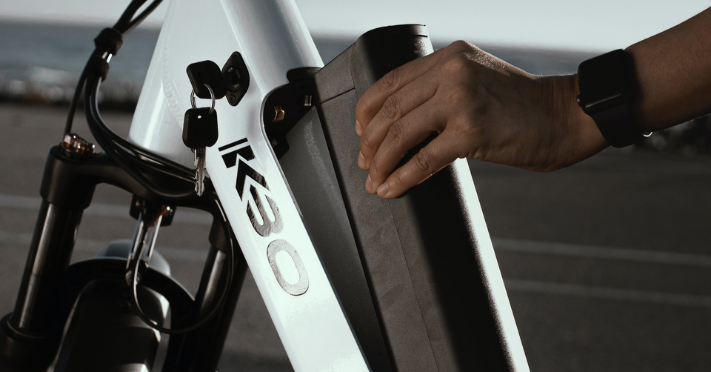So if I charge it up from say 80% to full that would count the same charge cycle as if I charged it up from 30% ?
The following is "in my opinion only, but supported by around 20 years of first hand experience and usage, plus the designing of chargers for other cell chemistry, which after many years, are still in use today! And demonstrating very long lives for those batteries.
I try to "err" on the side of safety when possible.
Remember, nobody has to agree with me, but please even if you disagree, please refrain from rudeness and bad, unfriendly language, as it does not change my opinions, nor does it make your thoughts any more positive or interesting in this matter. Remember:- "Manners maketh Man!"
1) any length of charging, no matter how little or large, is considered to be a charge cycle.
2) Most rechargeable batteries have a finite number of charges, before they start to degrade. This finite number is affected (particularly on e-bikes) by such things as temperature, speed of charge, speed of discharge, quality of cells, quality of BMS. Plus possible other aspects that I have not yet considered.
3) Leaving the usual type of charger still connected to the mains and the battery, once charging has completed, does definitely reduce long term battery life dramatically. Possibly because the average charger (for a 36 volt battery), is set to charge to 42.00 volts. Not more. As the battery reaches this voltage (State of charge level), the current drawn reduces, and when the charge falls below a preset level, set by the charger manufacturer, but probably somewhere around 30% of a normal charge. So if a 2 amp charger is in use, once the charge sinks below 600 ma., the charger switches into standby and switches the red LED to green.
But it appears that many chargers either maintain that low current, but misleading the owner with the green LED being on, that the charger is "OFF", but regularly "checks" the battery by attempting a charge, to see if more than 600 ma will be drawn. These mini charges, still affect the finite total of charges that a battery can accept, in a negative manner.
Testing for this needs some very specialised equipment, for long term testing, which I and many others, simply cannot afford to do.
Plus, each and every charger could have its own particular method and levels, so any testing needs to made on every single different charger, also a financial drain I cannot afford!!!
Therefor my personal thoughts are that a good charger should "disconnect" itself completely from the mains, and not start a recharge cycle within say a full month.
For good quality cells, possibly a longer interval would work even better, but with some sort of "fail-safe", to prevent over discharging.
A good charger, should still be able to "check" the battery voltage, but without applying a charge, say once a week, as a good multi meter does, just to assess the SOC, before the battery sinks below the easily recoverable minimum voltage/charge level.
A good charger, should also be able to emulate a so called "0 Volt Charger" (the name is a bit misleading!), which can still recover a battery that has just slipped below the minimum SOC, the situation where the BMS is correctly preventing, for safety reasons, any further charging from a normal charger.
Many of these features will for a normal biker, not come into effect, as the bike is often being used several times a week, and charging is regularly taking place, because the battery has slipped below the minimum SOC allowed.
4) For normal e-bikers, there are three relatively simply "fixes" to dramatically improve the life of a Li-ion battery:-
a) Modify a 24 hour time switch, one of the mechanical ones that sell for very little money, so that the tiny synchronous motor, when the power off switch is activated, it also switches itself off, so remaining off, till the user activates it again.
All the user needs to know, is roughly how long his battery will take to almost fully recharge, and to set that time on the timer. Even if not "perfectly" done, it will still save the battery from a lot of stress.
b) To have two batteries, not necessarily of the same capacity, and run each battery down to less than 10%, replacing it "on the journey", so to say. Thus always starting a recharge from a relatively well known SOC, which will allow a more accurate charge time to be calculated.
But some e-bikes were not built to allow easy battery replacement without tools, I might suggest that these e-bikes should be avoided if possible.
c) Never use a "fast" charger, as the higher the speed of the charge, the more stress the battery gets, which is for the long term life, not good. Having two batteries, does help in this area as well, as a "slow" charger can be used.
This is the present state of my current thoughts and knowledge, and my posting this appears, as I have done before, seems to bring out the worst manners of certain Pedelec members.
Would they be so kind as to maintain good manners with ANY posts they wish to make, not just to me, but for all other members, OK?
regards to all
Andy







